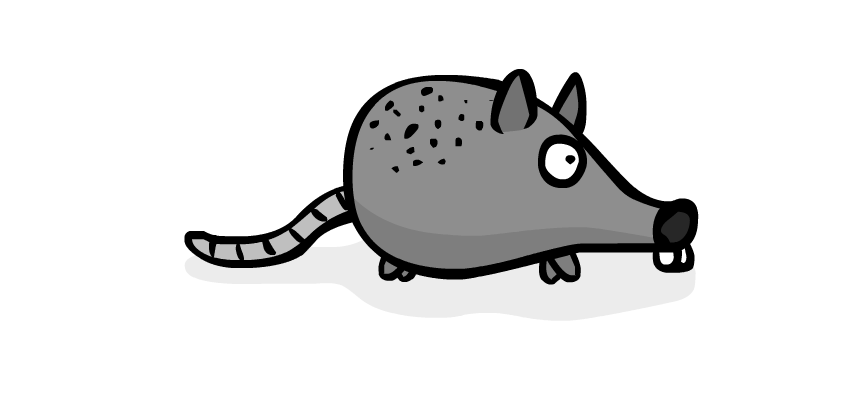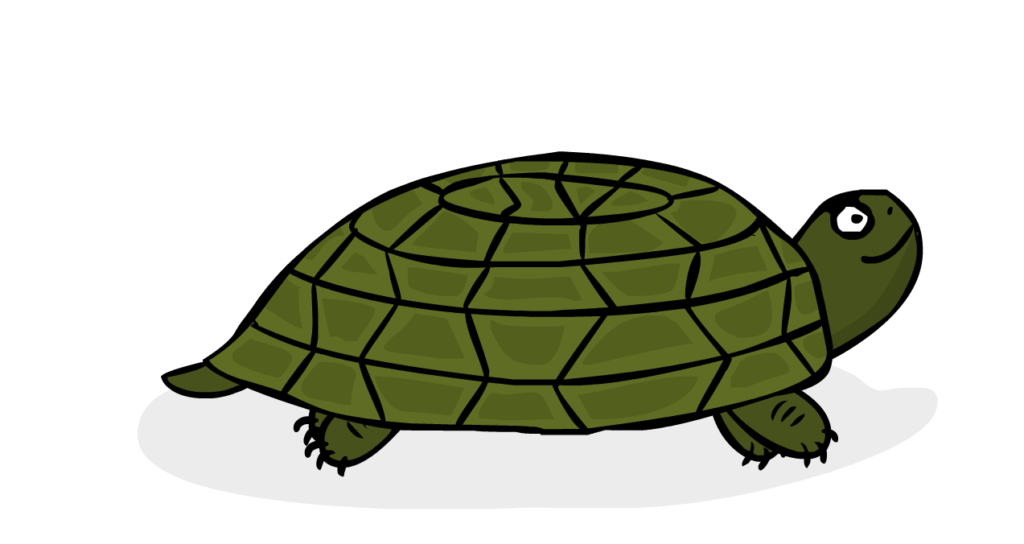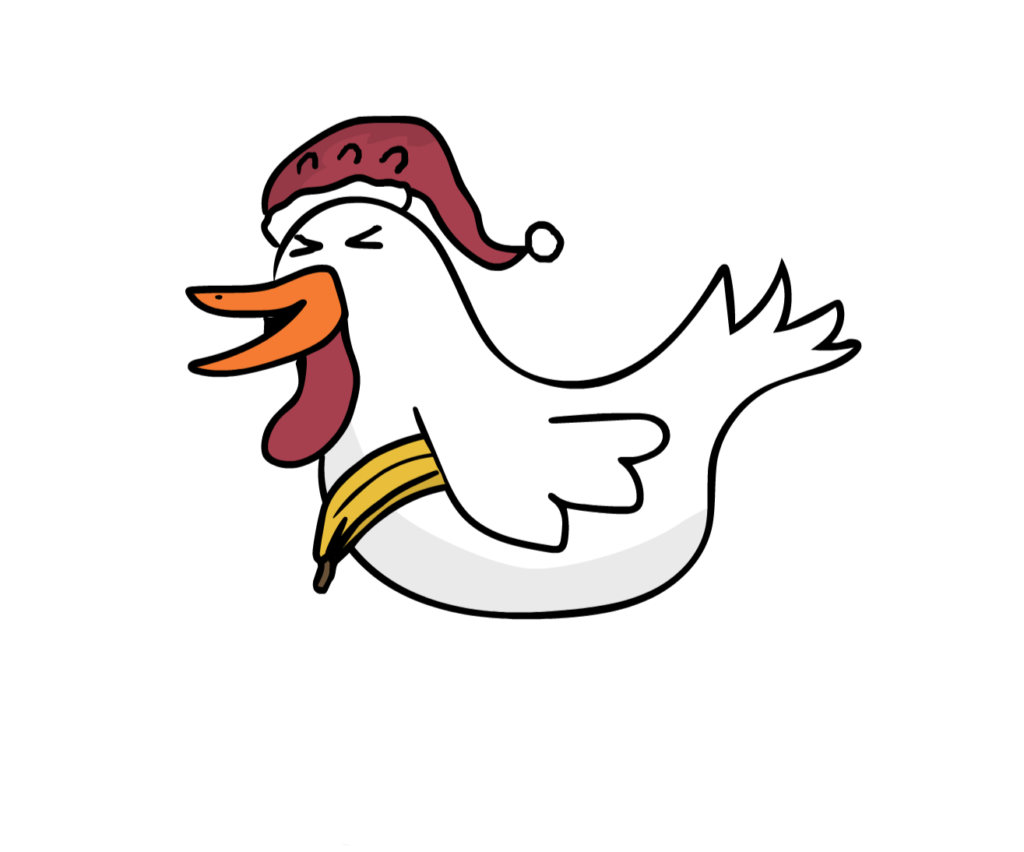CODEMONKEY JR.: TEACHER NOTES
Computer Science Education Week
overview
CodeMonkey Jr. is CodeMonkey’s pre-coding game for 4-6 year olds. CodeMonkey Jr. teaches preschoolers computational thinking skills and the basics of coding through the use of blocks. In the game, students will program a monkey’s journey in order to catch bananas and unlock a treasure chest.
specifications
- Ages 4-6
- Any web-browser on desktops, patops and tablet devices
- Internet connection required
- Headphones recommended

ABOUT CODEMONKEY JR.
THE HOUR-LONG VERSION

30+ levels
The game consists of four chapters with a total of 30 levels

KINDERGARTEN
CodeMonkey’s first-ever course for preschoolers – no reading or writing required!

Coding concepts
Students will learn sequencing, loops, and logic

block-based
Using a block sequence, students will program the monkey to catch bananas
how to host an hour of code

STEP 1: DOWNLOAD
Download CodeMonkey Jr. from the App Store or Google Play onto all your devices.

STEP 1: PREP
Go through as many coding levels as you can to get familiar with the program. We also recommend reading CodeMonkey's recommendations on how to have a successful hour of code below.

STEP 2: PRINT
Print out certificates for your students to take home. Students who have their own email can request a certificate at the end of the hour of code.

STEP 3: START
Instruct students to go click on the link and start playing. There are a total of 31 levels.

STEP 4: HANDOUT
Give your students their certificates to take home and show their parents!
FAQ
CodeMonkey Jr. uses blocks to teach coding. In the game, students program the instructions using blocks. Although this is not a coding language, block coding helps students learn computational thinking and basic coding concepts such as sequencing and loops.
The goal of every level is to program a block sequence that will take the monkey to the treasure chest and collect all the bananas.
Yes, you can print out certificates for your students to take home. Students who have their own email address can request a certificate at the end of the hour of code. If not, you can print certificates out here.
Encourage them to go back and try to get 3 stars in all 30 challenges. Ask them to help classmates who are having trouble or start a new activity here.
- First students should think about how to program the correct block sequence
- Then, they should tap the desired blocks in order to build the sequence. The block will go to the first vacant spot in the coding area.
- In order to change the order of instructions in the coding area, they will need to drag the blocks.
- To execute their code, they will tap Play
- If the monkey reaches the goal, the score will appear and the student can move to the next level. If the monkey does not reach the goal, they can tap replay and correct their code.
Star-Score
Upon completion of a level, students can get anywhere between one to three stars.
- One Star – The monkey got to the treasure chest but did not collect all the bananas.
- Two Stars – The monkey got to the treasure chest with all the bananas but did not use the shortest code possible.
- Three Stars – The monkey got to the treasure chest, collected all the bananas, and used the shortest code possible.
Students will learn the following:
- Logic
- Algorithms
- Sequencing
- Direction/Orientation
- Counting
- Loops
Looking for more content?
Go Beyond an Hour!
free trial
